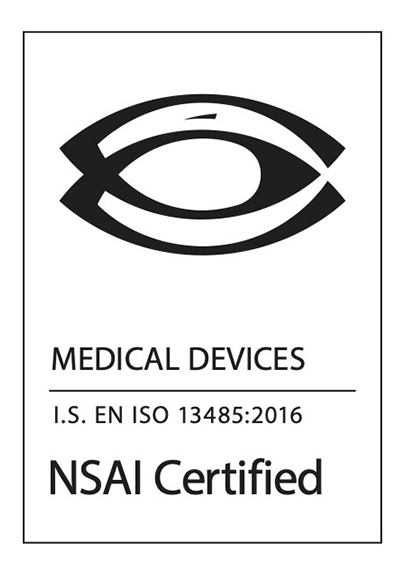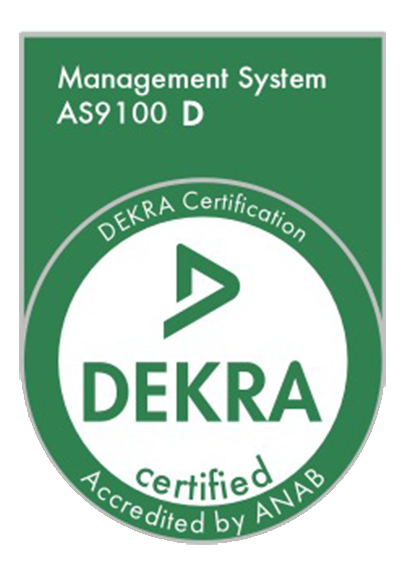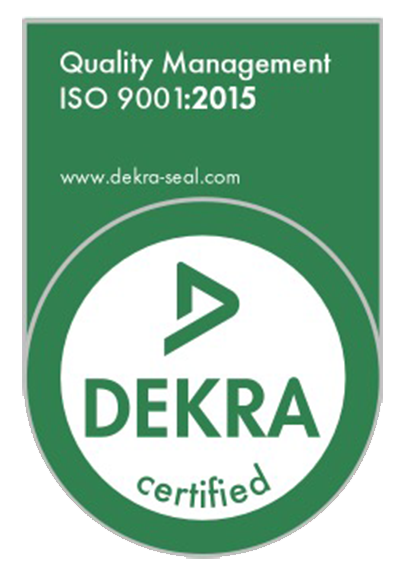Technical Blog
Technical Blog | Why You Need DFM to Launch Medical Devices on Time and Avoid Costly Errors

Why You Need DFM to Launch Medical Devices on Time and Avoid Costly Errors
At Disney, the process of bringing whimsy to life is serious business.
Their engineers, known as Imagineers, dream up, design, and create elaborate immersive experiences for millions of people each year. They deliver these incredibly creative but durable and safe products by rooting their ideas in reality – right from the start. They work on feasibility early in the product design cycle to ensure they can make their ideas work in the real world. Imagineers define materials and evaluate production requirements before their design phase.
This is the power of Design for Manufacturing (DFM).
DFM is the process of designing innovations with the realities of manufacturing in mind. While useful in all fields, DFM is integral to the design, manufacture, and launch of medical devices.
Why is DFM essential for medical device design and manufacturing?
The world of medical device manufacturing is incredibly demanding. Device launch teams must bring all the creativity of Disney’s Imagineers but under:
- incredibly stringent quality standards and regulations,
- tight budgets,
- accelerated launch timelines, and
- intense competition.
Getting things right the first time, and efficiently, is the cornerstone of successful product launches. Keeping Design for Manufacturing (DFM) principles in mind from the start can help produce innovative devices that scale safely.
DFM can help medical device manufacturers launch faster, improve quality, and control costs
With DFM, medical device manufacturers can achieve:
1. Faster Time-To-Market: Innovation is the differentiator in value-based care. DFM helps companies launch state-of-the-art designs faster.
Healthcare is shifting towards a value-based care model. Group Purchasing Organizations (GPOs) and other purchasing giants scrutinize the benefits of each product against their competition. Medical device companies must launch a steady stream of innovations offering real value to patients to differentiate themselves. Otherwise, they risk being commoditized in a competitive global market.
There is intense pressure for manufacturers to get it right the first time.
Today, device companies do not have the luxury of limited releases, multiple design iterations, or tolerance adjustments before scaling. Competitors may seize the opportunity and scale faster in this crowded medical device industry.
Recommended DFM best practices:
Involve a cross-functional team of experts (including contract manufacturers) throughout the design process. This is extremely important for upfront review of:
- product design,
- tolerances,
- material composition,
- manufacturing processes,
- inspection criteria, and much more.
This way, engineers can rest assured that their designs will scale well as product volumes grow.
Involving manufacturers early in the design process can help answer the questions:
- How will my product design translate to ease of manufacturing?
- Will the manufactured part meet product functional requirements?
- How does my material selection impact the manufacturing process?
- Can the manufacturing process produce my designs with repeatability and reproducibility? What sort of variability is expected?
Production can plan how to optimize manufacturing processes and implement inspection protocols. This helps avoid last-minute surprises and ensures a seamless transfer from design to validation and manufacturing.
2. Improve Quality: Medical devices are highly regulated, and FDA audits are on the rise. DFM can help you improve product quality.
With growing regulations for medical devices, there are high stakes in making even small design changes. Changing materials, designs, or adjusting tolerances after a product is launched often requires a re-submission to the FDA for approval. The entire process is lengthy and expensive.
The medical device industry is tightly regulated (US FDA 21CFR 820, ISO 13485). Launching a product requires stringent design control and validation requirements to be followed. Often, products need to be manufactured with tight tolerances. Getting regulatory approvals is a lengthy process.
- Any manufacturing issues post-launch will take significant time and resources to rectify and relaunch the product.
- Some quality issues after launch can potentially trigger a product recall. This can be very expensive to fix and negatively impacts how customers feel about the product and company.
By investing in DFM, companies can mistake-proof their designs from potential manufacturing issues and offer high-quality products to their customers.
The cost of compliance has also skyrocketed. Over the last decade, the US FDA introduced more stringent requirements and increased their inspections. FDA annual device inspections grew by 46% from 2007 to 2017.
The FDA holds medical device companies responsible for every step of their supply chain, like ‘purchasing controls,’ dealing with supplier selection, qualification, and audits.
Recommended DFM best practices:
- Ensure your contract manufacturer has extensive experience in manufacturing medical devices and has the proper quality certifications. Certifications to look for include ISO 9001:2015, AS9100D, and for Europe, EN ISO 13485:2016.
- Knowledge of FDA requirements (21 CFR 820) is also essential. This shows that they keep up with changing regulations, required documentation, and understand the challenges you face.
- Evaluate if they use risk mitigation techniques like Process Failure Mode & Effects Analysis (PFMEA) and Statistical Process Control to reduce errors in manufacturing
- Together with your manufacturing team, ask questions like:
- What are the ideal tolerances required for product functionality and stability?
- Can the manufacturing process maintain the tolerances required?
- What are the requirements for an incoming inspection? Can existing gauges meet inspection requirements, or will you need custom gauges?
- What is an acceptable surface finish?
- What environment will your product be used in, and what testing is required?
3. Control Costs: Pricing pressures are driving medical device margins lower. DFM helps you implement cost-effective processes.
Competition in the medical device industry is leading to intense price wars. To battle this, MedTech manufacturers must offer unique, beneficial, high-quality products at cost-effective pricing while tightening costs on their end. This requires streamlined R&D, operations, and manufacturing processes – all through the supply chain. Following DFM principles can help.
Recommended DFM best practices:
- Work with your contract manufacturer to eliminate unwanted steps and unnecessary tooling:
- Prioritize product features based on user needs and simplify manufacturing steps and tooling.
- If you are going through a DFMEA (Design Failure Mode & Effects Analysis), you may consider inputs from your contract manufacturing partner.
- Identify if commonly used materials can be used for your designs since material selection often leads decisions in manufacturing processes. Even the type of coating can affect product costs.
- Evaluate opportunities to reduce assembly time by minimizing sub-assemblies and assemblies.
- Streamline design to offer value without additional costs.
- Select contract manufacturers partners who implement continuous process efficiencies.
At Pulse Technologies, we offer:
- 25+ years of medical device manufacturing experience.
- Industry-leading in-house metrology and testing capabilities
- 70,000 sq.ft facility.
- 100+ CNC machine tools.
- Data conveniently formatted for DHFs/DHRs, and much more.
Want to learn more? Get in touch: sales@pulsetechnologies.com.
Contract Manufacturing
Advanced Technology
Capabilities
© 2021 Pulse Technologies, Inc. All rights reserved.
 Careers
Careers Contact
Contact







